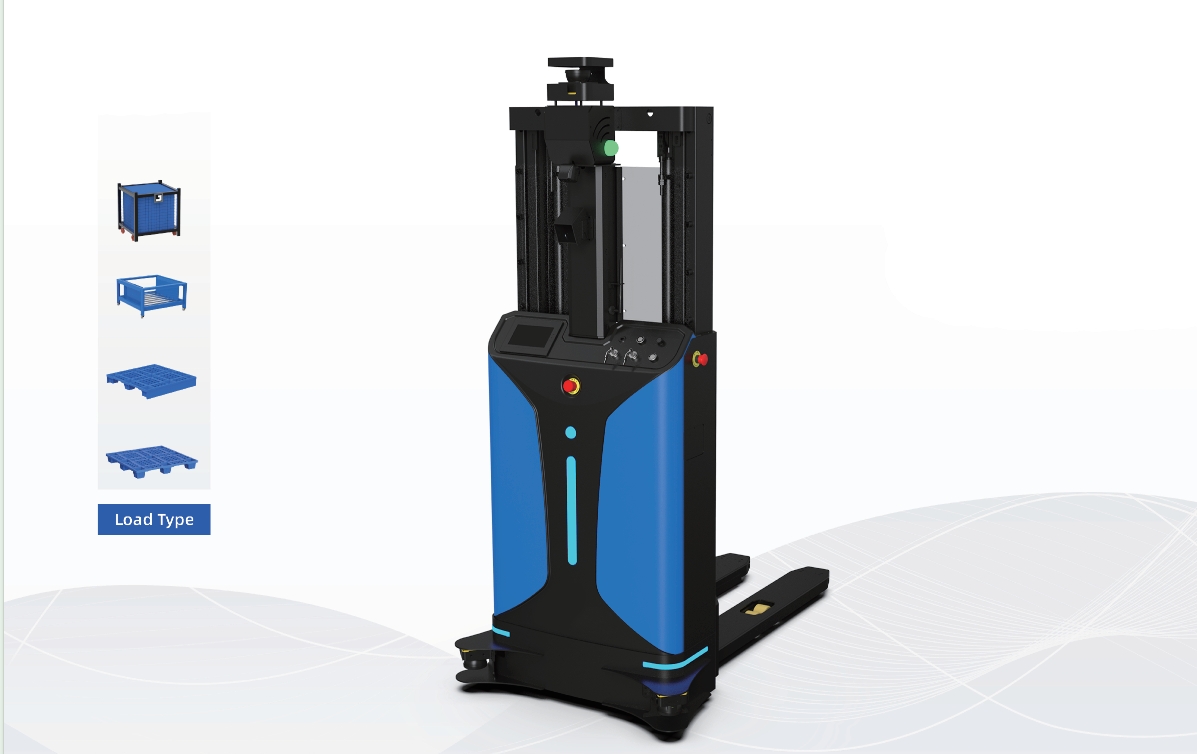
In today’s fast-paced industrial landscape, efficiency and automation are paramount. One technology that has significantly contributed to this transformation is the Automated Guided Vehicle (AGV). These self-guided robots are reshaping the way materials are transported within manufacturing plants, warehouses, and distribution centers. In this post, we will explore what AGVs are, their benefits, and how they are revolutionizing material handling.
What are AGVs?
Automated Guided Vehicles (AGVs) are autonomous mobile robots used to transport materials around a manufacturing facility or warehouse. They navigate using various technologies such as magnetic strips, lasers, cameras, or GPS. AGVs can move raw materials, work-in-progress goods, and finished products, ensuring a seamless flow of operations.
Types of AGVs
- Towing AGVs: These AGVs pull carts and trailers, making them ideal for transporting heavy loads over long distances.
- Unit Load AGVs: Designed to carry individual loads such as pallets or containers.
- Forklift AGVs: These can lift and transport pallets, performing tasks similar to traditional forklifts but without human intervention.
- Assembly Line AGVs: Used in manufacturing, these AGVs can move products through various stages of production.
- Hybrid AGVs: Combining features of multiple types, these AGVs can adapt to different tasks and environments.
Benefits of AGVs
- Increased Efficiency: AGVs can operate 24/7, reducing downtime and increasing productivity.
- Safety: By automating material handling, AGVs reduce the risk of accidents associated with manual forklift operations.
- Cost Savings: While the initial investment can be significant, AGVs lower labor costs and reduce product damage over time.
- Scalability: AGVs can be easily integrated into existing systems and scaled up as business needs grow.
- Accuracy and Reliability: AGVs ensure precise and consistent material handling, reducing errors and improving inventory management.
Applications of AGVs
- Manufacturing: Transporting raw materials to production lines and moving finished products to storage.
- Warehousing: Automating the storage and retrieval processes, streamlining order fulfillment.
- Distribution Centers: Enhancing the efficiency of sorting and shipping operations.
- Healthcare: Delivering supplies and medications within hospitals, reducing the workload on staff.
Future of AGVs
The future of AGVs looks promising with advancements in artificial intelligence and machine learning. These technologies will enable AGVs to become more intelligent, adaptable, and capable of making real-time decisions. Furthermore, the integration of AGVs with the Internet of Things (IoT) will facilitate better communication and coordination among machines, paving the way for smarter and more efficient industrial environments.
In conclusion, AGVs are transforming material handling by enhancing efficiency, safety, and cost-effectiveness. As technology continues to evolve, the role of AGVs in industrial automation will undoubtedly expand, driving the future of smart manufacturing and logistics.







